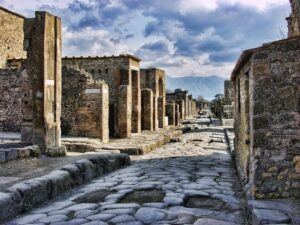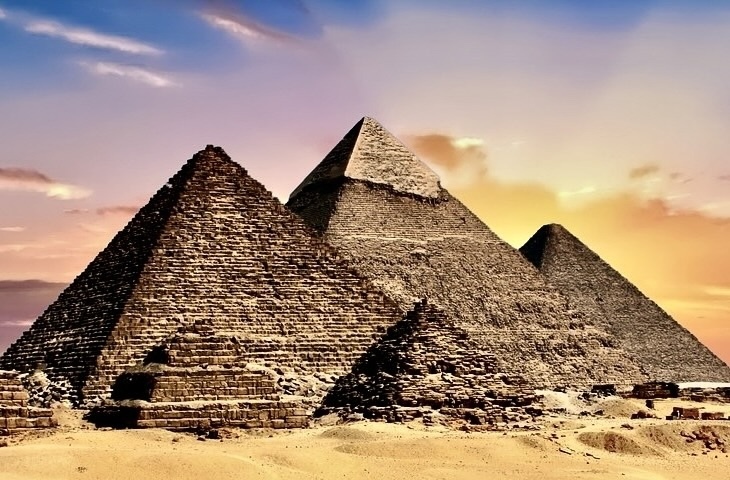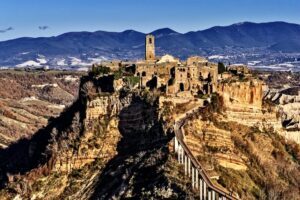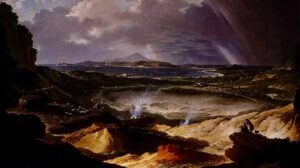
Naples, Italy — Driving through the outskirts of this city, I could see the blue glistening water of the Bay of Naples in the distance. This bay area has long been a setting for tourism, and one of the most popular vacation destination areas in the world. Along with the bay I could also see something rather curious — what, in the distance, appeared to be steam rising from several locations on the surface, inland but not far from the shore. These were not sources of steam, as I soon learned. They were fumaroles — vents from which volcanic gases and vapors are emitted.
Just a few days before, while lying peacefully very early in the morning in my bed in a well-appointed resort hotel near a small town only an hour south of Naples, I could feel a gentle, rolling rock of an earth tremor. It was not horrifying, though admittedly disturbing.
The iconic and simultaneously notorious Mt. Vesuvius dominates the skyline of the Naples area. Best known for its famous 79 AD eruption that destroyed and buried the ancient Roman cities of Pompeii and Herculaneum at its feet, it remains on the active list to this day, the only active volcano on the European mainland. Although this fact is less known to many people, it has actually erupted numerous times since that fateful day almost 2,000 years ago, with the latest major event occurring as recently as March, 1944.
_____________________________

Above and below, Mount Vesuvius dominates the skyline near Naples and the iconic remains of Pompeii. Yorick77 (above) and InesHirschi (below), Pixabay
_____________________________

_____________________________
But there is something far more ominous lurking beneath the surface near Naples.
The Sleeping Giant
Stretching 125 miles under the bay and the environs of the city is a massive caldera, created when a supervolcano erupted about 2 million years ago. Known as Campi Flegrei, or the Phlegraean Fields, it now consists of multiple volcanoes, many underwater. Since another major eruption 39,000 years ago, it has continued to be active, a site for study and interest for geologists worldwide.
Most significantly, this active area is also populated with 500,000 people within what Italy’s civil protection agency considers to be a dangerous “red zone”, with 3 million more people just outside the zone. It is, in short, Naples’ worst nightmare in waiting, as the supervolcano’s last eruption was in 1538, 485 years ago, an eruption that lasted eight days, long enough to create a new hill, known today as Monte Nuovo. Many experts thus suspect that it is due for another eruption, eclipsing anything nearby Mount Vesuvius has ever spewed in its long history of activity.
The signs seem to indicate the case: In the last several months, this seismic zone has experienced a large number of tremors and earthquakes, with the strongest one occurring in September, registering a 4.2 magnitude soon followed by another almost as strong. In total, Campi Flegrei has produced 3,450 earthquakes in 2023 alone, one of the shakiest years of recent memory.
Why?
According to a November 10, 2023 CNN news report** authored by Barbie Nadeau: “The densely populated region, which is less than 50 kilometers (31 miles) from Vesuvius, is prone to a seismic phenomenon known as bradyseism, defined by cycles of uplift and gradual lowering of the ground. The last time the region saw such activity was 1984, when the ground rose 3.5 meters (11.5 feet) before it began a slow descent accompanied by seismic activity similar to what is happening in the area now.”
Some scientists believe the cycle is currently in a rising phase.
______________________________
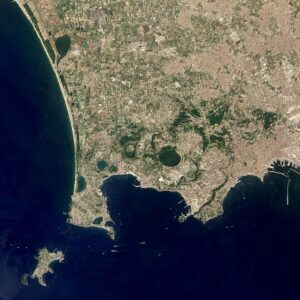
The Campi Flegrei caldera cluster is the largest volcanic feature along the Bay of Naples, which is also home to the more famous Vesuvius. The Campi Flegrei, or “Fiery Fields,” is built from a series of overlapping volcanic features—calderas, domes, and cinder cones—that are historically active. NASA photo, Public Domain, Jesse Allen and Robert Simmon
______________________________
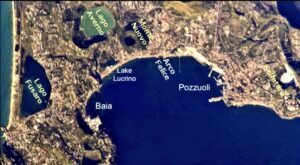
Campi Flegrei area showing major Naples area locations. Both Pozzuoli and Baia have important archaeological sites in danger. NASA photo, Public Domain
______________________________
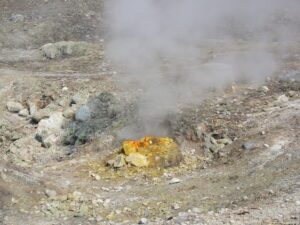
A fumarole in the Campi Flegrei area. Jojo86, CC-BY-SA 4.0, Wikimedia Commons
______________________________
More than people and property are at risk….
Sites in the Cross Hairs
A number of significant archaeological sites, some of them among the most visited sites in the world, are endangered. Below is a pictorial of some of those sites:
______________________________
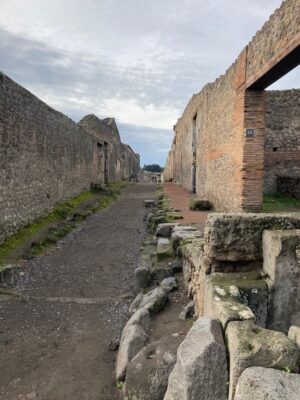
Above and all below: Views of Pompeii, the famous city destroyed during the 79 AD eruption of Vesuvius and still vulnerable to future eruptions in the Naples area.
______________________________
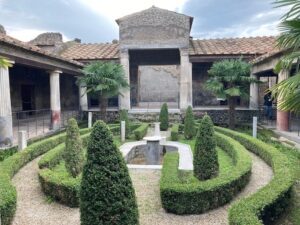
______________________________
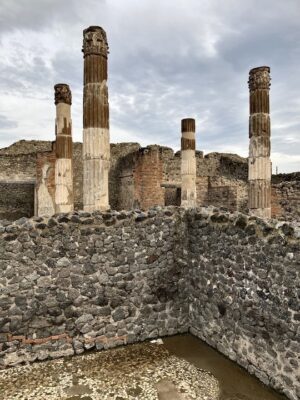
______________________________
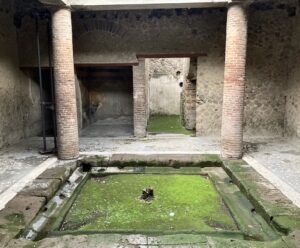
______________________________
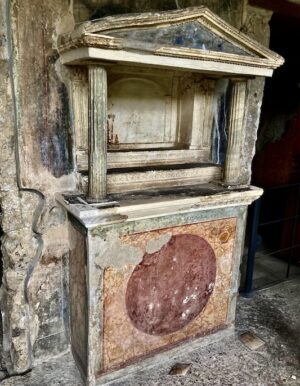
______________________________
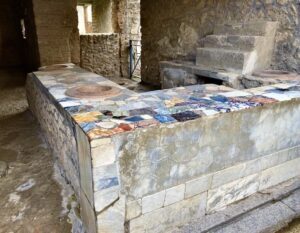
______________________________
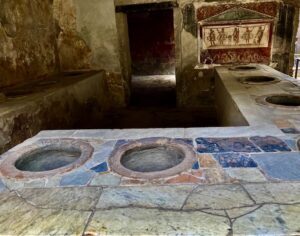
______________________________
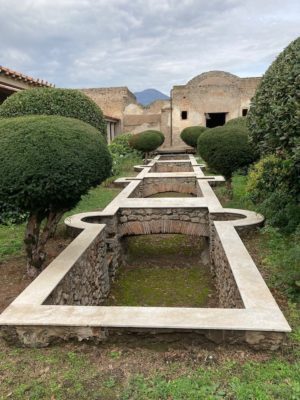
______________________________
______________________________
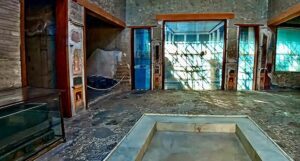
Mary Harrsch, CC-BY-SA 4.0, Wikimedia Commons
______________________________
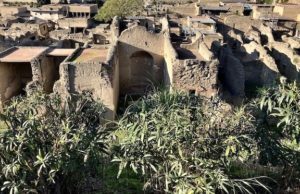
Above and below: The remains of Herculaneum, its future also at the mercy of future volcanic activity.
______________________________

______________________________
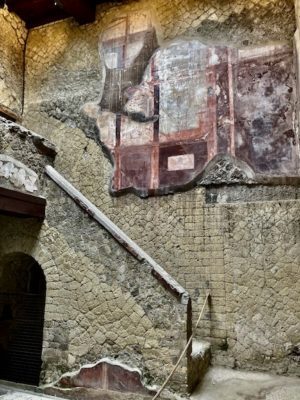
______________________________

______________________________
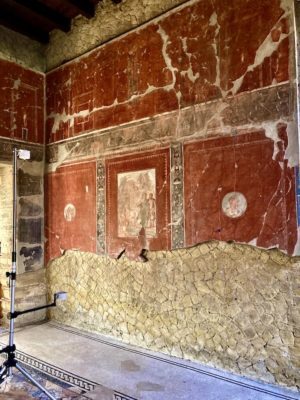
______________________________
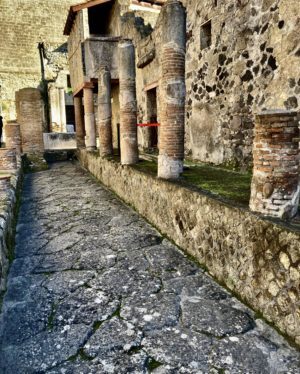
______________________________
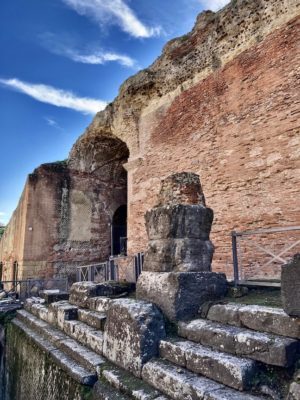
Above and below: Views of the amphitheater at Pozzuoli.
______________________________
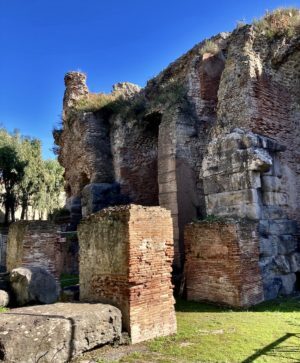
______________________________
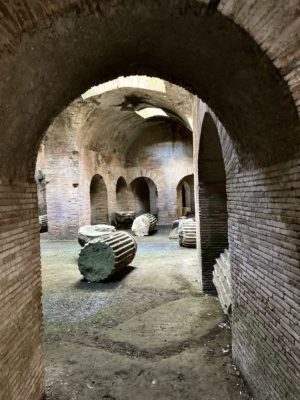
______________________________
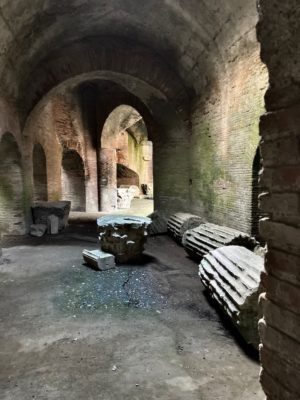
______________________________
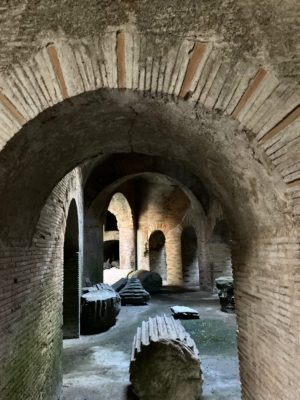
______________________________
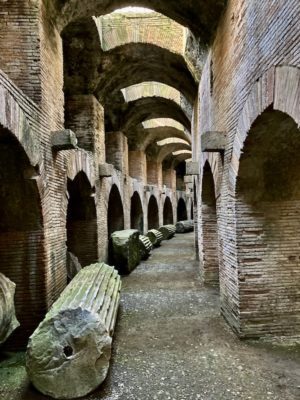
______________________________
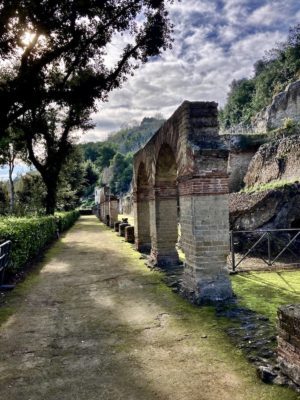
Above and below: Views of the remains of Baia, an ancient Roman resort/spa/retreat for the wealthy and well-connected.
______________________________
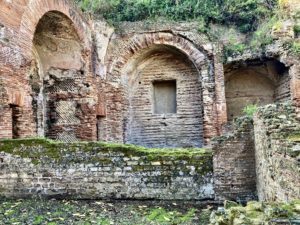
______________________________

______________________________
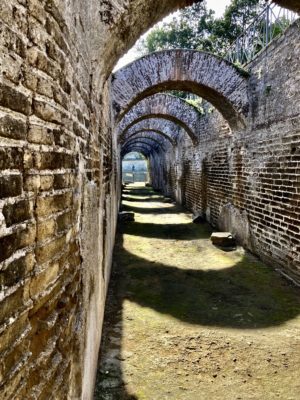
______________________________
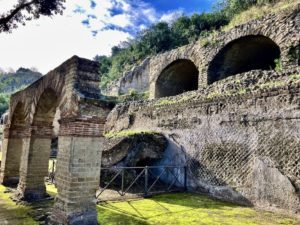
______________________________
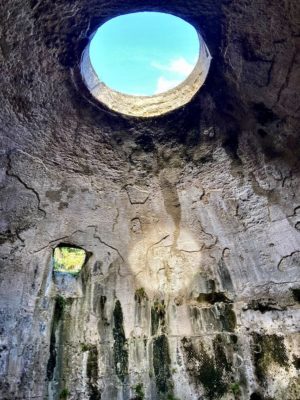
______________________________
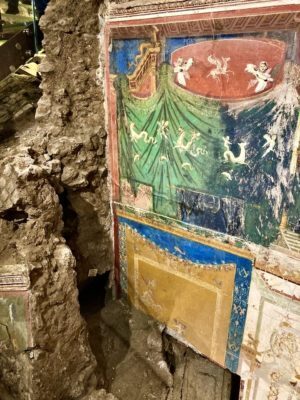
Above and below: Views of the wall painting in the ancient Roman Villa of Positano, located on the Sorrento Peninsula near the Bay of Naples.
______________________________
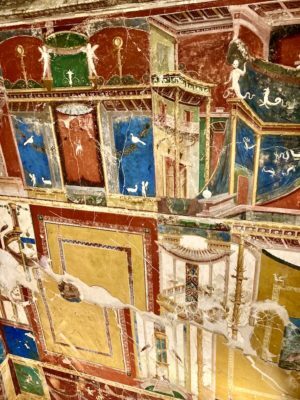
______________________________
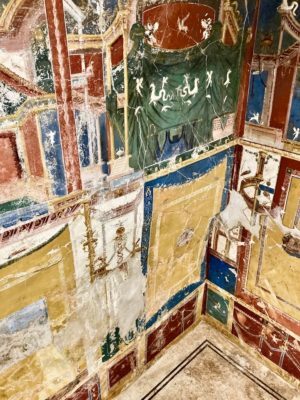
______________________________
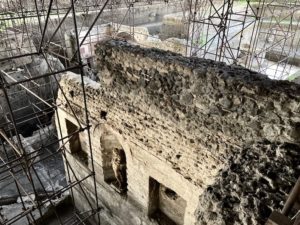
Above and below: The massive Villa Augustea, still under excavation, represents a great ancient Roman villa near the foot of Vesuvius that was also an agricultural, wine production facility. Buried and preserved under the ash fall and pyroclastic flows, it is actually the legacy of multiple eruptions, but most especially that of the eruption of 472 AD. It is a testament to the ongoing active volcanic story of the Vesuvius and Campi Flegrei area.
______________________________
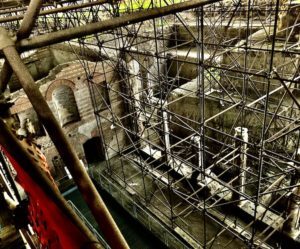
______________________________
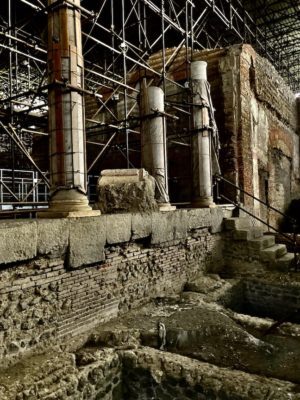
______________________________
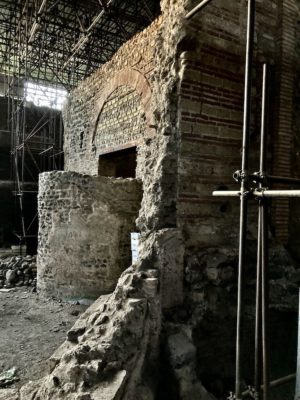
______________________________
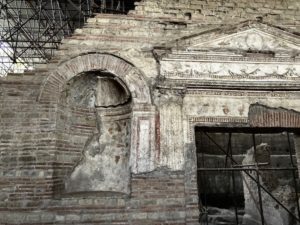
______________________________
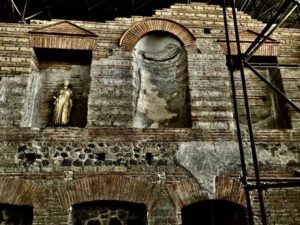
______________________________
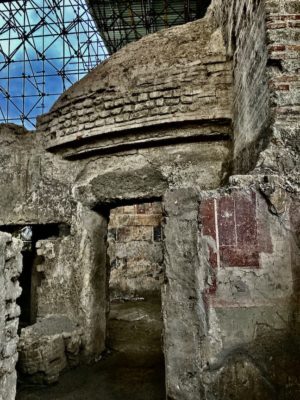
______________________________
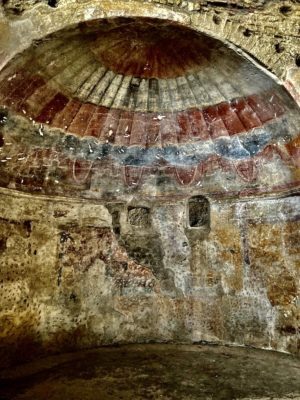
______________________________
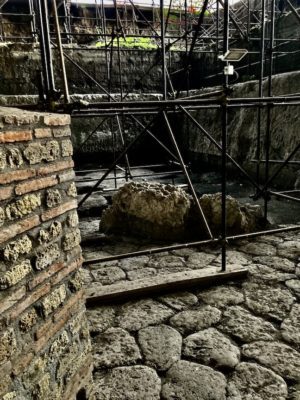
______________________________
Another Calamity?
According to a recent published study*, the supervolcano could be undergoing a period of weakening because of the effects of bradyseism. But scientists say the future of its activity still remains unpredictable. The current activity could lead to a settling down, or it could lead to an eruption along the order of magnitude experienced in 1538, or a less likely “ignimbric eruption” like the one that occurred 39,000 years ago, which was enormous in scale and much like the massive eruption that occurred with the supervolcano that underlies current day Yellowstone in the U.S.
As a recap, it bears repeating that along with the more serious destruction of the city and loss of life that could occur, the Naples area and the surrounding region could also lose important cultural heritage spaces and objects — Pompeii, Herculaneum, and other sites could see a repeat of an old familiar story. And while people can be evacuated and the loss of property and a setback to the economy could be calamitous, the possible loss of the irreplaceable cultural treasures would be non-renewable, an oblivion only compensated for by the documentary record.
In any case, Italian authorities are taking every precaution and preparing for possible activity that would call for evacuations, warnings and other safeguards, far in advance of any actual or potential event.
_____________________________________
*Kilburn, C.R.J., Carlino, S., Danesi, S. et al. Potential for rupture before eruption at Campi Flegrei caldera, Southern Italy. Commun Earth Environ 4, 190 (2023). https://doi.org/10.1038/s43247-023-00842-1
Cover Image, Top Left: 1780’s painting of the Phlegraean Fields. Public Domain, Wikimedia Commons
_____________________________
If you liked this article, you may like Walking in the Shadow of Vesuvius, another Popular Archaeology premium article.
_____________________________
Readers may also consider visiting Italy to see many other archaeological and cultural wonders. This website is a good place to begin.

